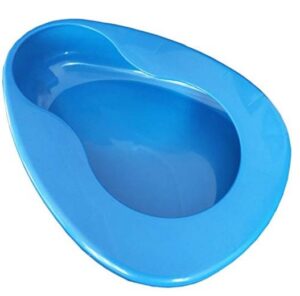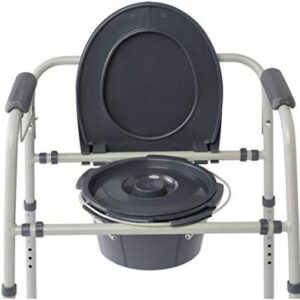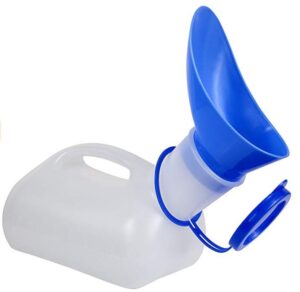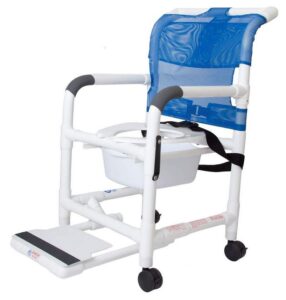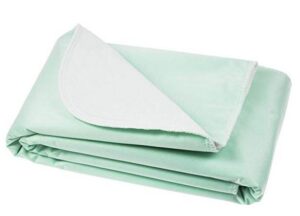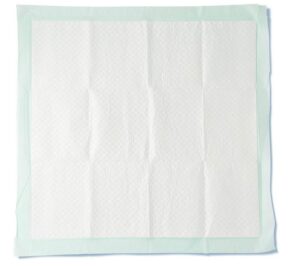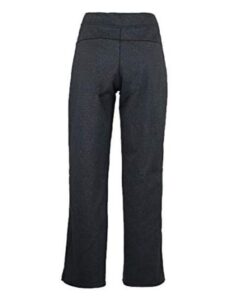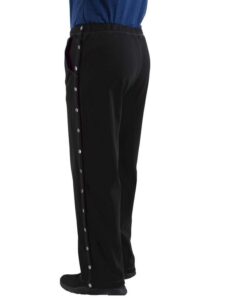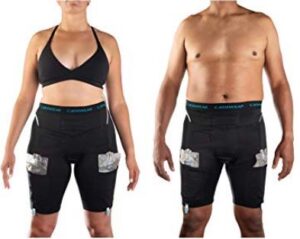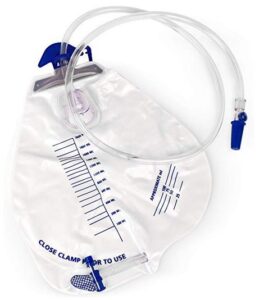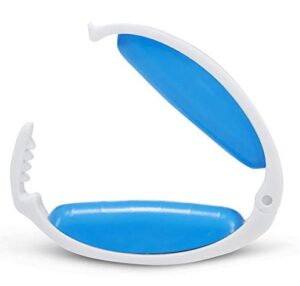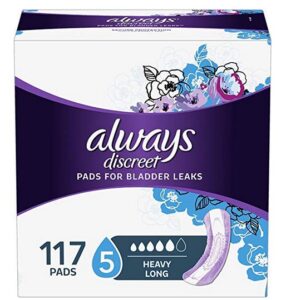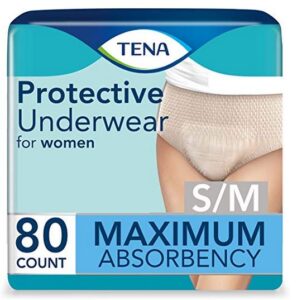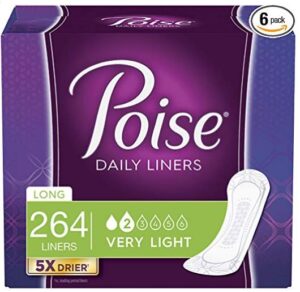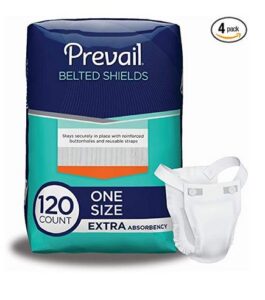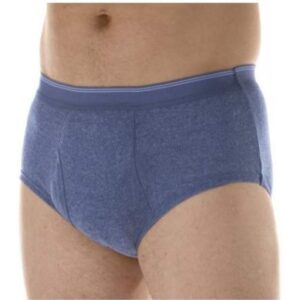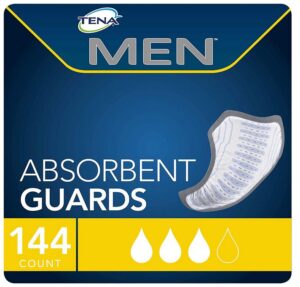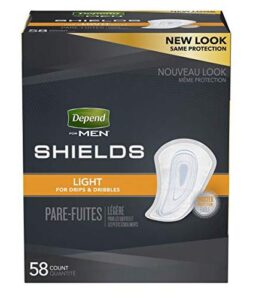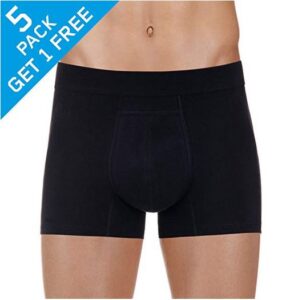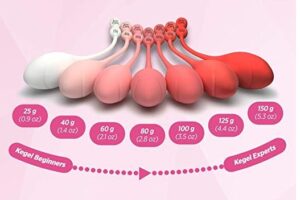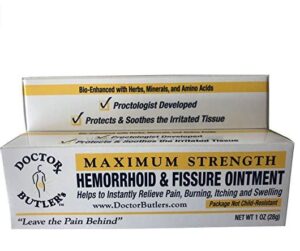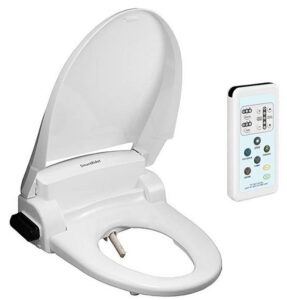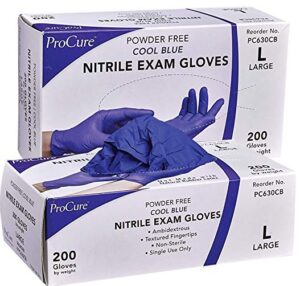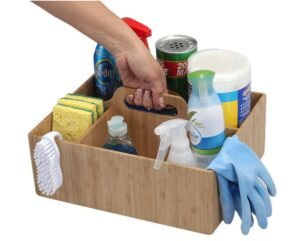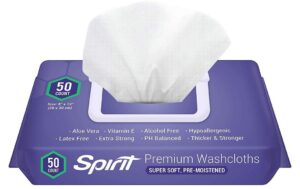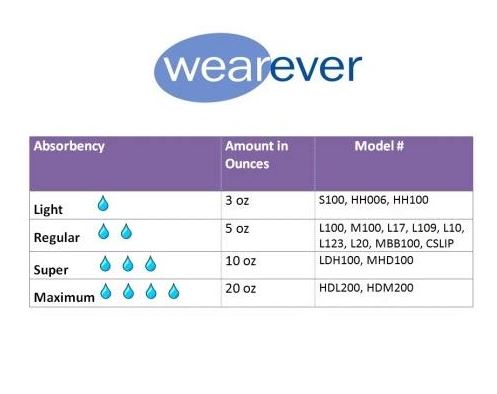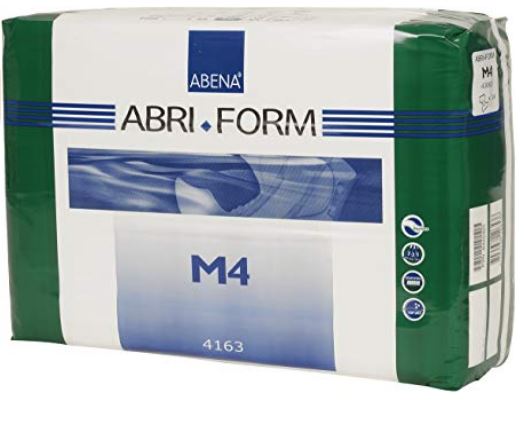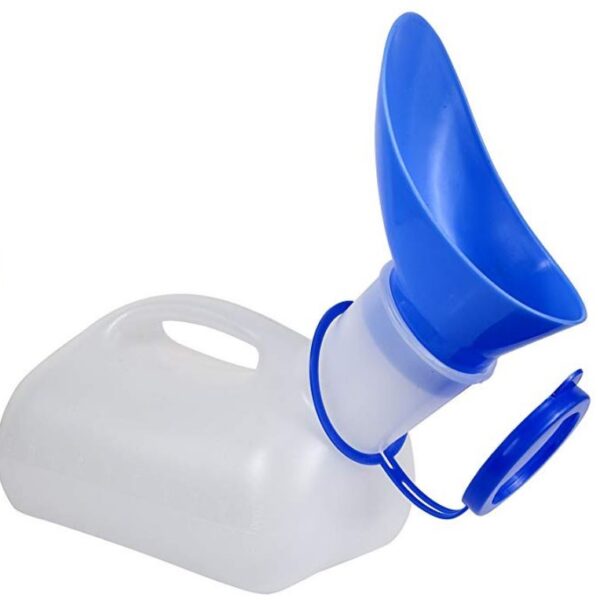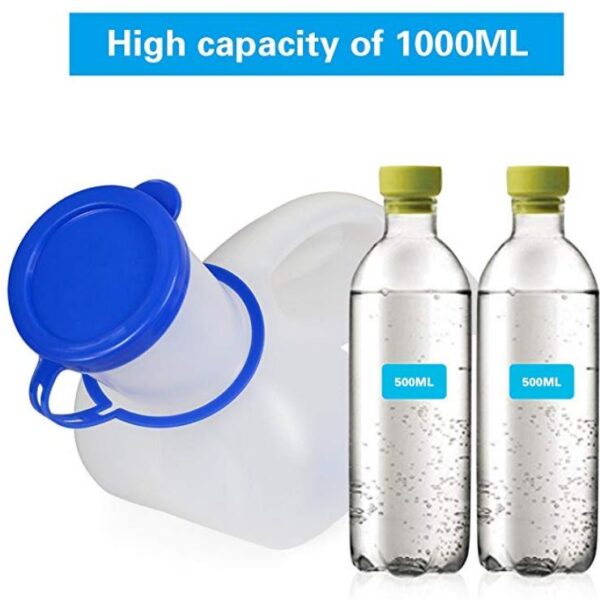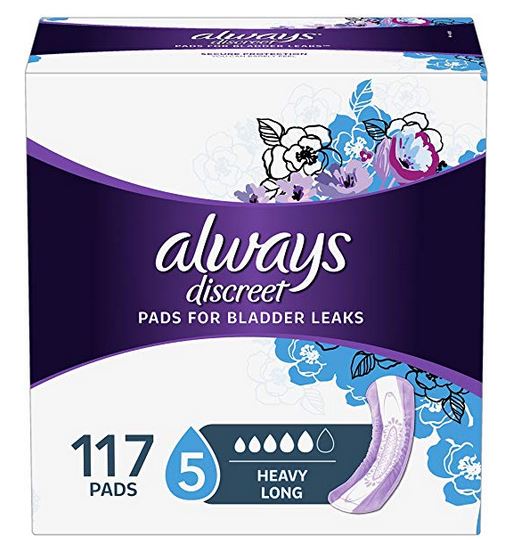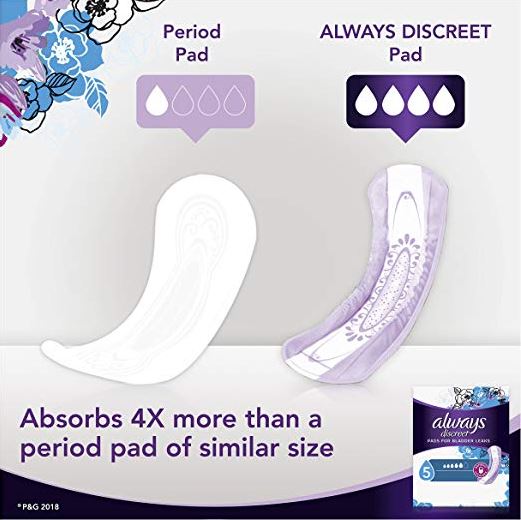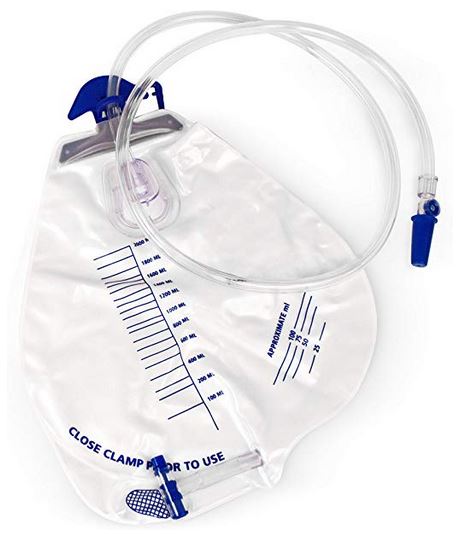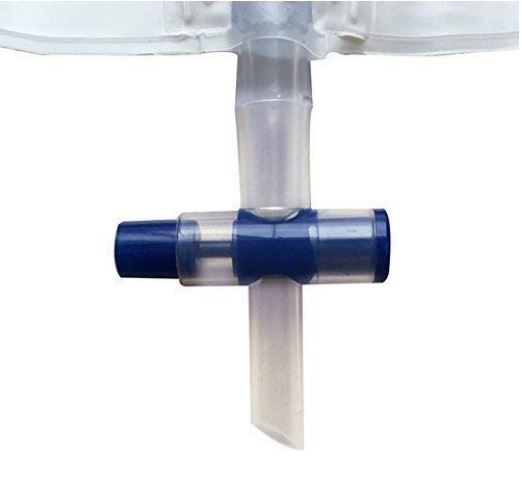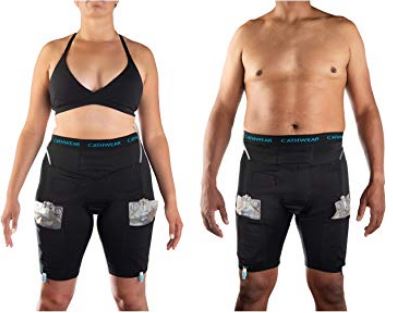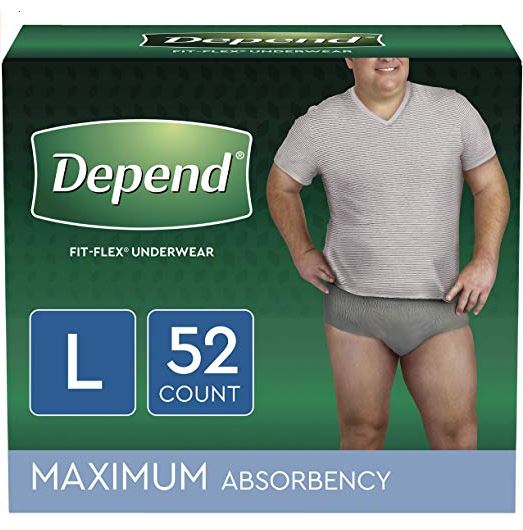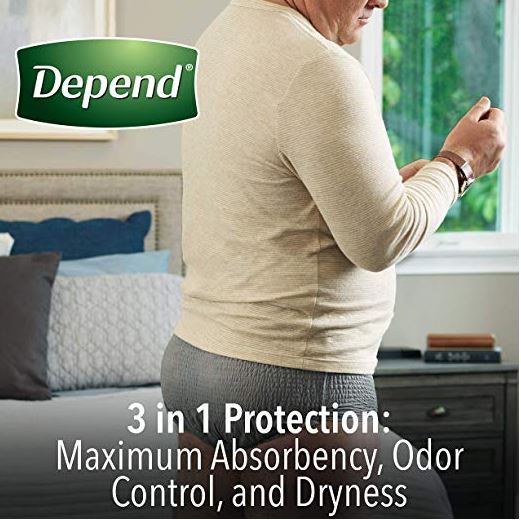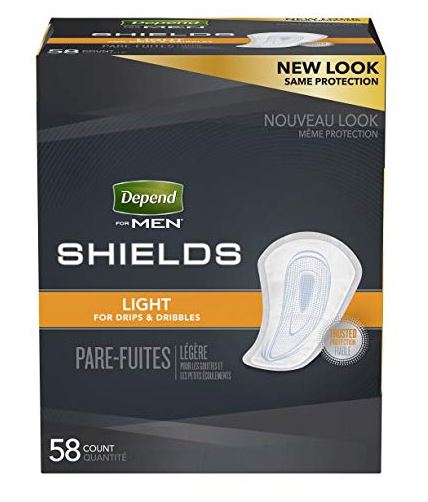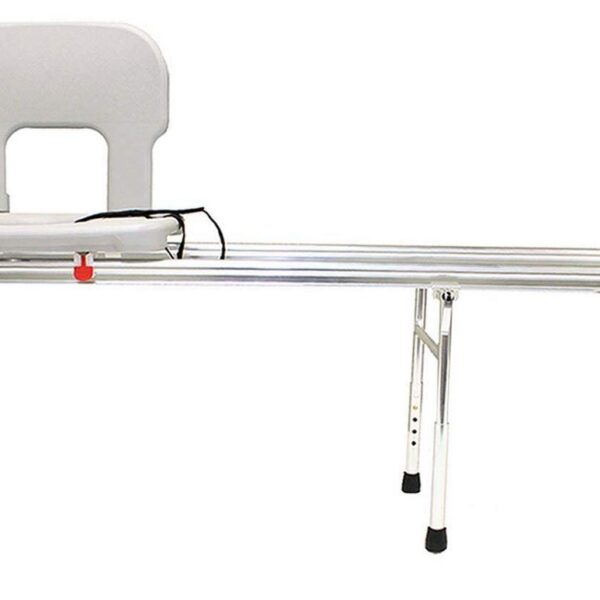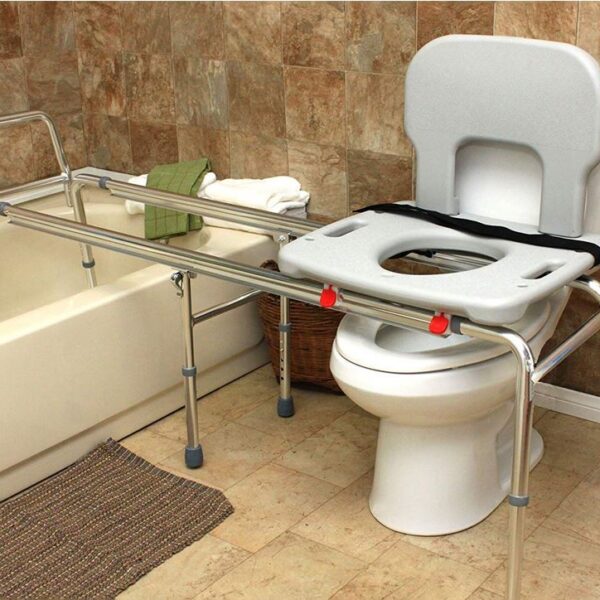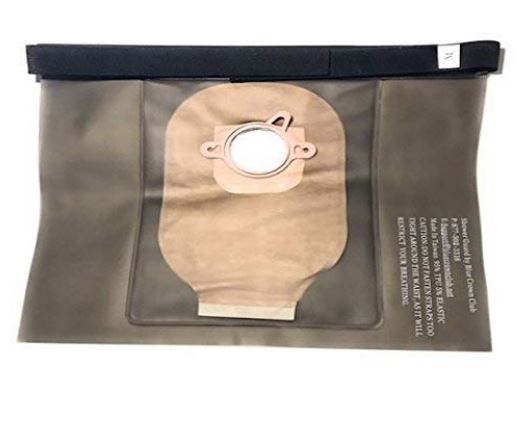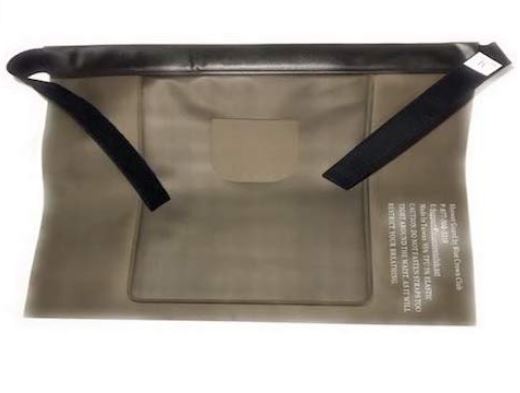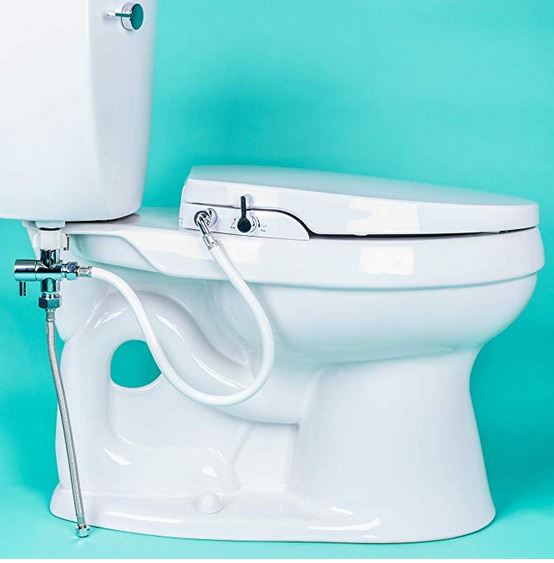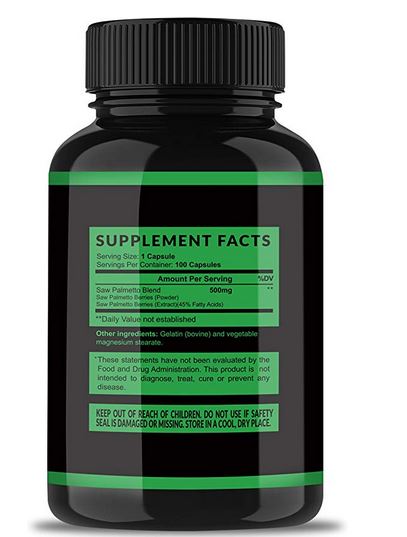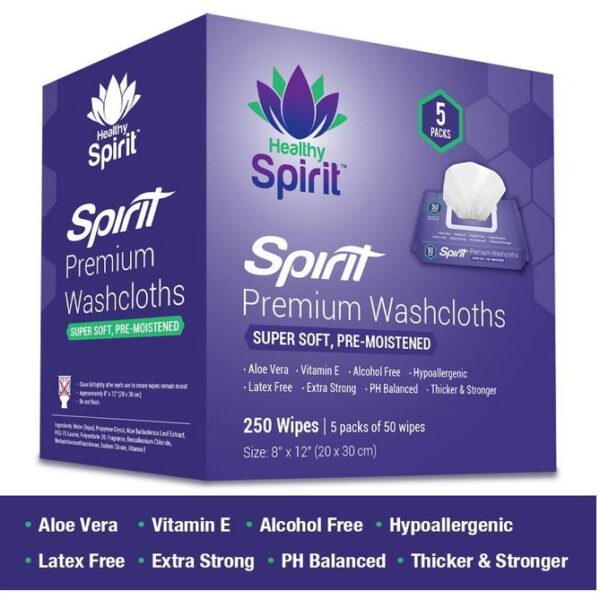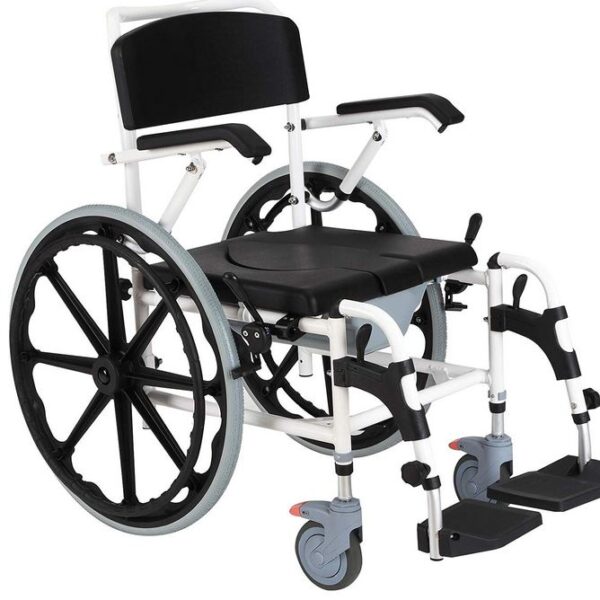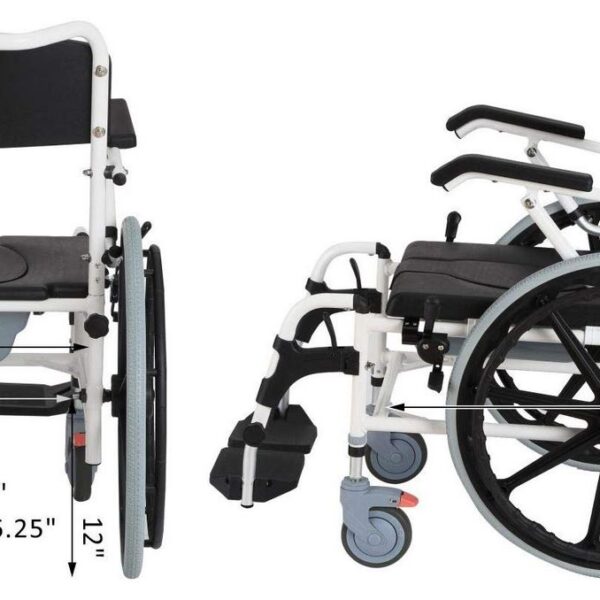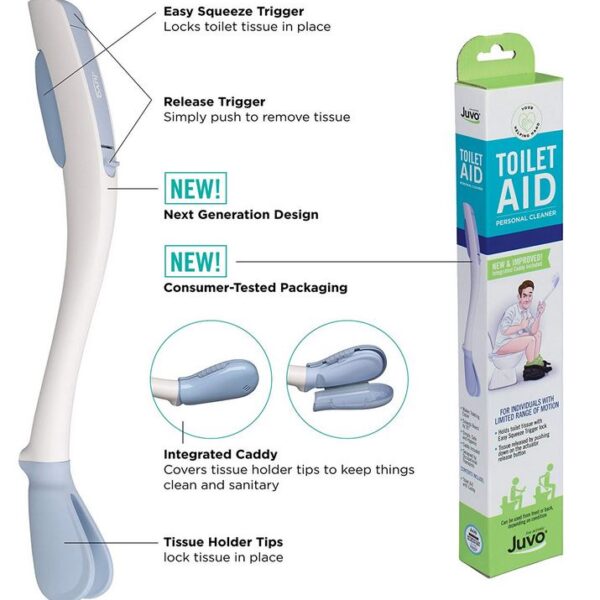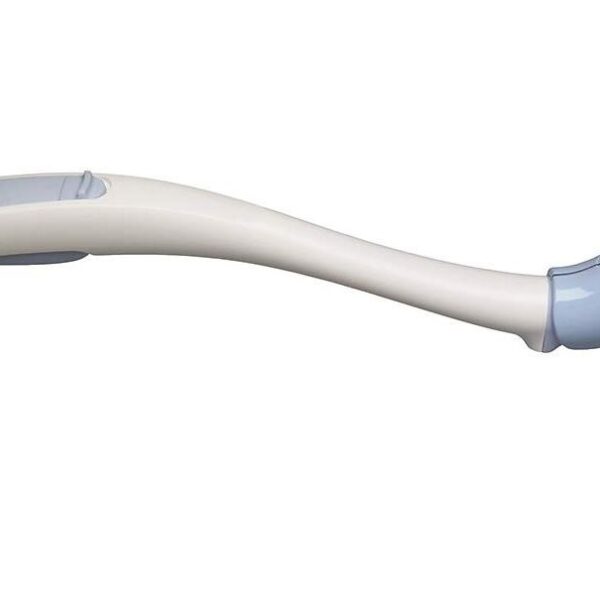Caring for someone with incontinence can be both challenging and expensive. Caregivers often need to deal with the person’s embarrassment, in addition to challenges involved with helping the person to the toilet or a commode, and cleaning both the person, their clothes, bedding, furniture and flooring. Maintaining good hygiene is of primary importance.
Incontinence occurs in several forms, falling under two primary categories:
- Urinary incontinence (overactive bladder )
- Fecal incontinence (bowel incontinence)
Home Care Aides providing support to seniors suffering from incontinence rely on a variety of products which include:
- Remote toileting receptacles for when the bathroom cannot be reached, protective pads from beds, wheelchairs, and furniture
- Easy-to-open outerwear
- Urine collection and regulator devices
- Personal protective pads, liners, and undergarments,
- Pelvic floor exercise and strengthening devices
- Supplements and over-the-counter medicines
- Clean-up and sanitation items
- Skin care items
- Logs and reminder devices to help prevent accidents
- Specialty diets to prevent over-stimulation, constipation, or restriction, depending on the type of incontinence.
Selecting the right products can make a caregiver’s job more manageable.
The protective pad and liner products vary greatly by how much they are able to absorb. When choosing products you need to consider if it is urinary or bowel incontinence, as well as the quantity and frequency of leakage. Also important are the person’s mobility, body size, and gender.
Some products are washable and reusable, and can therefore save money.
Incontinence products include:
If a person is wearing incontinence briefs, the caregiver should be sure to that the person changes them regularly so they are never sitting too long in a soiled brief. Cleanse thoroughly with a moist wipes during each change.
Help for Family Caregivers
AARP’s Home Alone Alliancesm has created a “How-To” videos and resource guides for family caregivers on specific tasks. You can find their video for Managing Incontinence by clicking the links below.
This video series seeks to provide family caregivers with an overview of managing incontinence challenges. It was developed by Alliance members—the AARP Public Policy Institute and the Betty Irene Moore School of Nursing at UC, Davis.
English
Spanish
- El control de la incontinencia
- Cómo hablar sobre la incontinencia con tu familia
- Cómo elegir y pagar los productos para la incontinencia
- Cómo manejar la incontinencia cuando la persona tiene dificu
Resource Guides
- Managing Incontinence: How Family Caregivers Can Help (PDF)
- Managing Incontinence at Home (PDF)
- Helping Someone to the Toilet (PDF)
- Seeking Support: Managing Family Member’s Incontinence (PDF)
- How to Talk with Someone About Incontinence (PDF)
- Selecting Incontinence Products (PDF)
- Managing Incontinence: Difficulty Getting Out of Bed (PDF)
Bibliograhpy
Reinhard, Susan. Latest How-To Videos for Family Caregivers Provide Guidance on Complex Medical Tasks. aarp.org . AARP Pubic Policy Institute. 16 Sep 2019. Web. 3 Feb 2020.
Incontinence Products
Below is a sampling of incontinence products help you to be prepared and to clean up. Click on the links to find out more information, see other products selections, and if you like, to make a purchase from one of our providers.
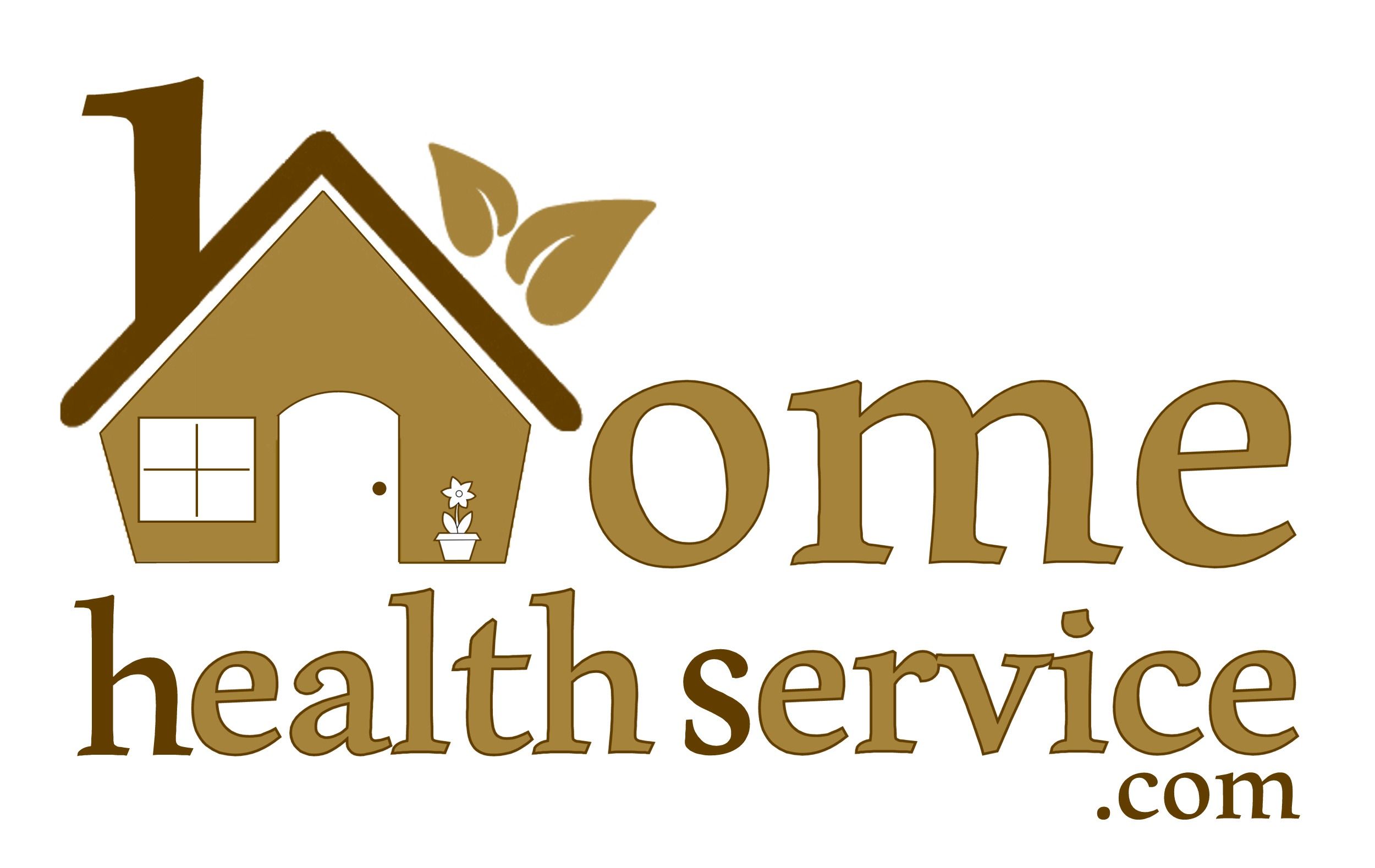

 Personal Development Goals
Personal Development Goals
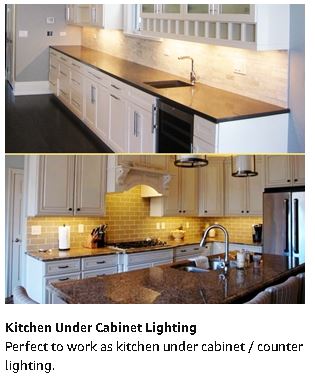
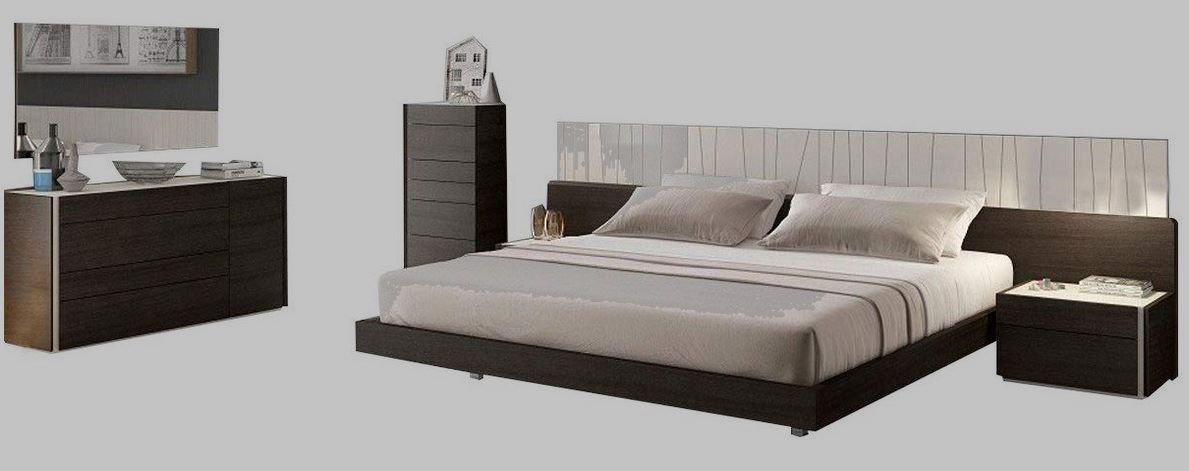 Bedrooms Designed for Aging in Place
Bedrooms Designed for Aging in Place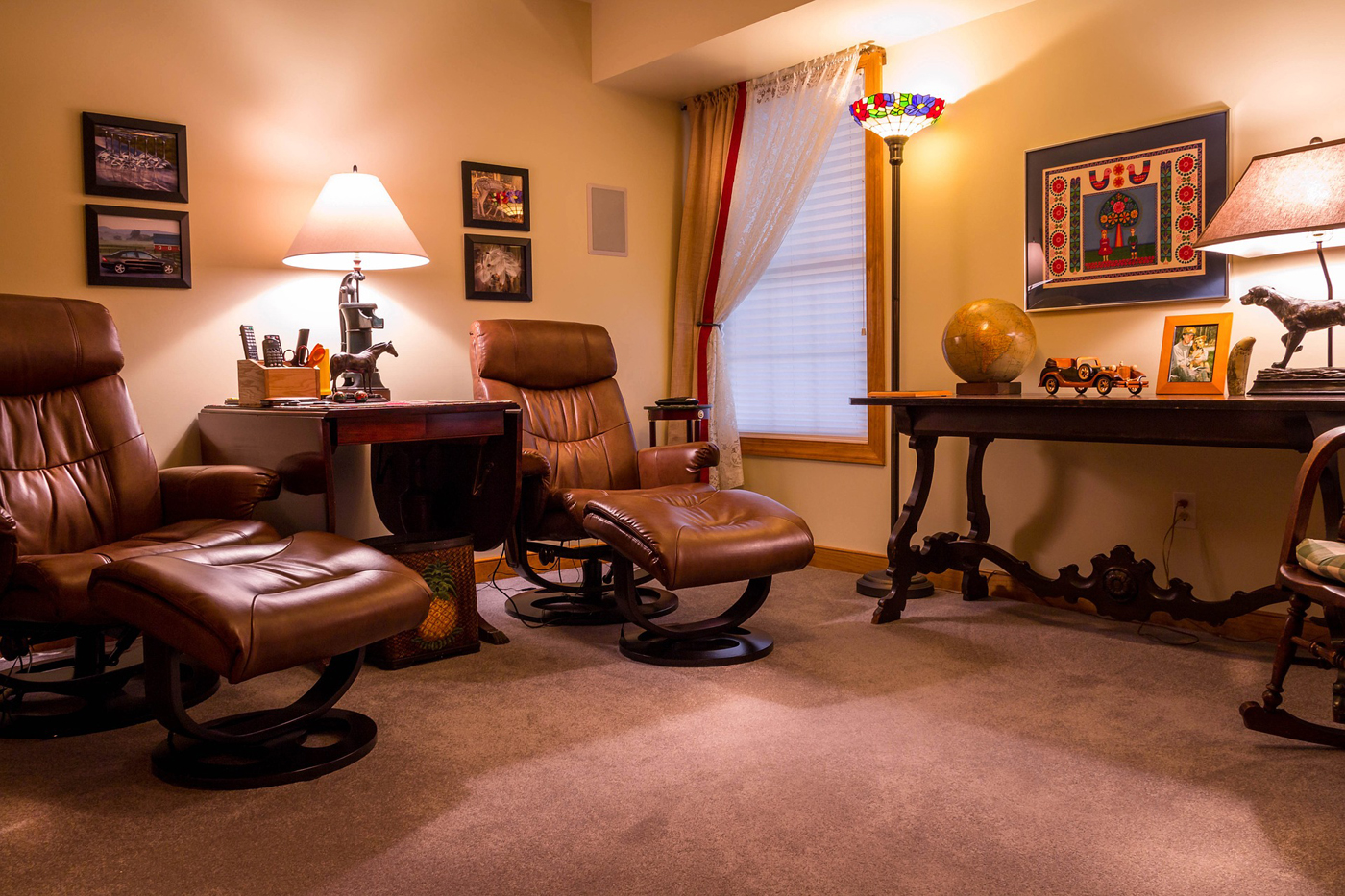 Furniture
Furniture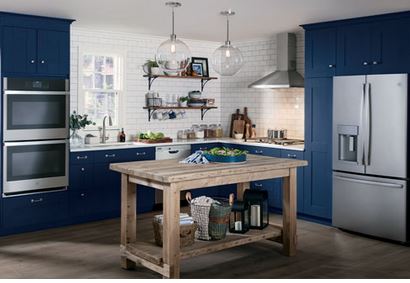 Kitchens Designed for Aging in Place
Kitchens Designed for Aging in Place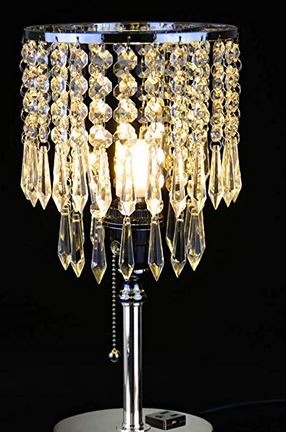 Lighting and Light Switches
Lighting and Light Switches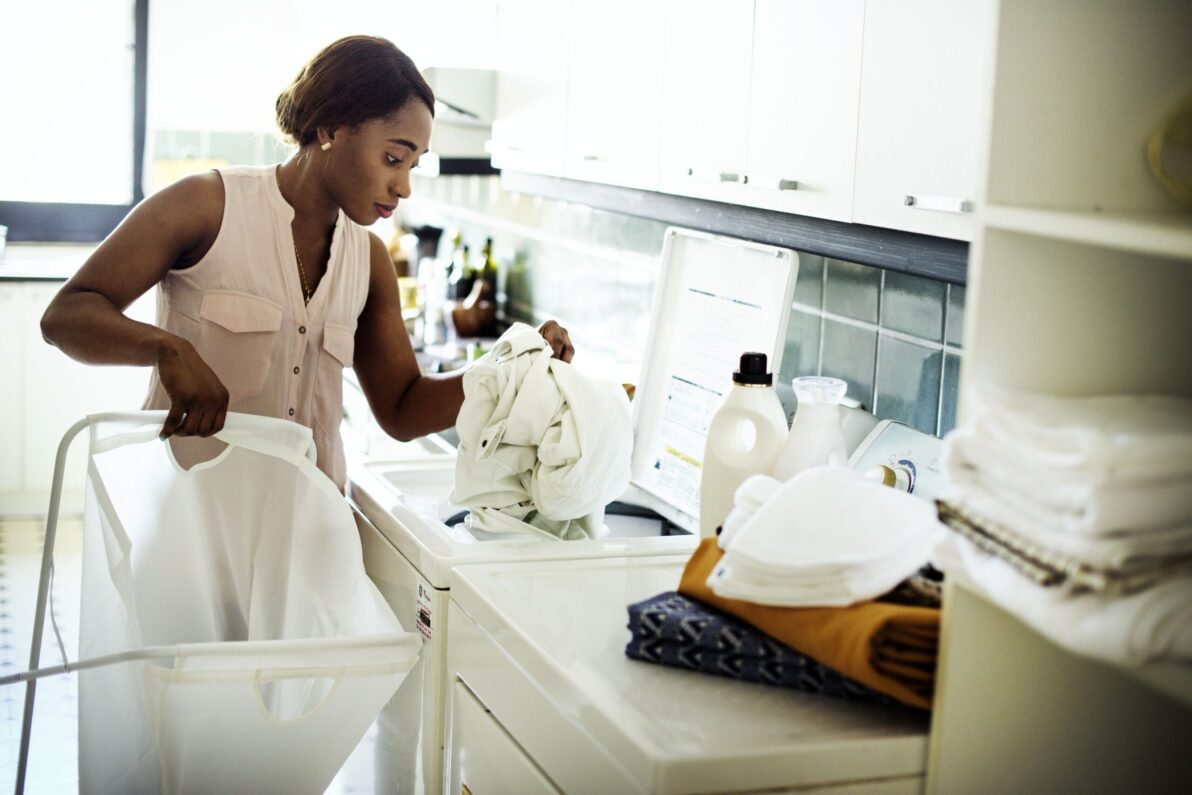
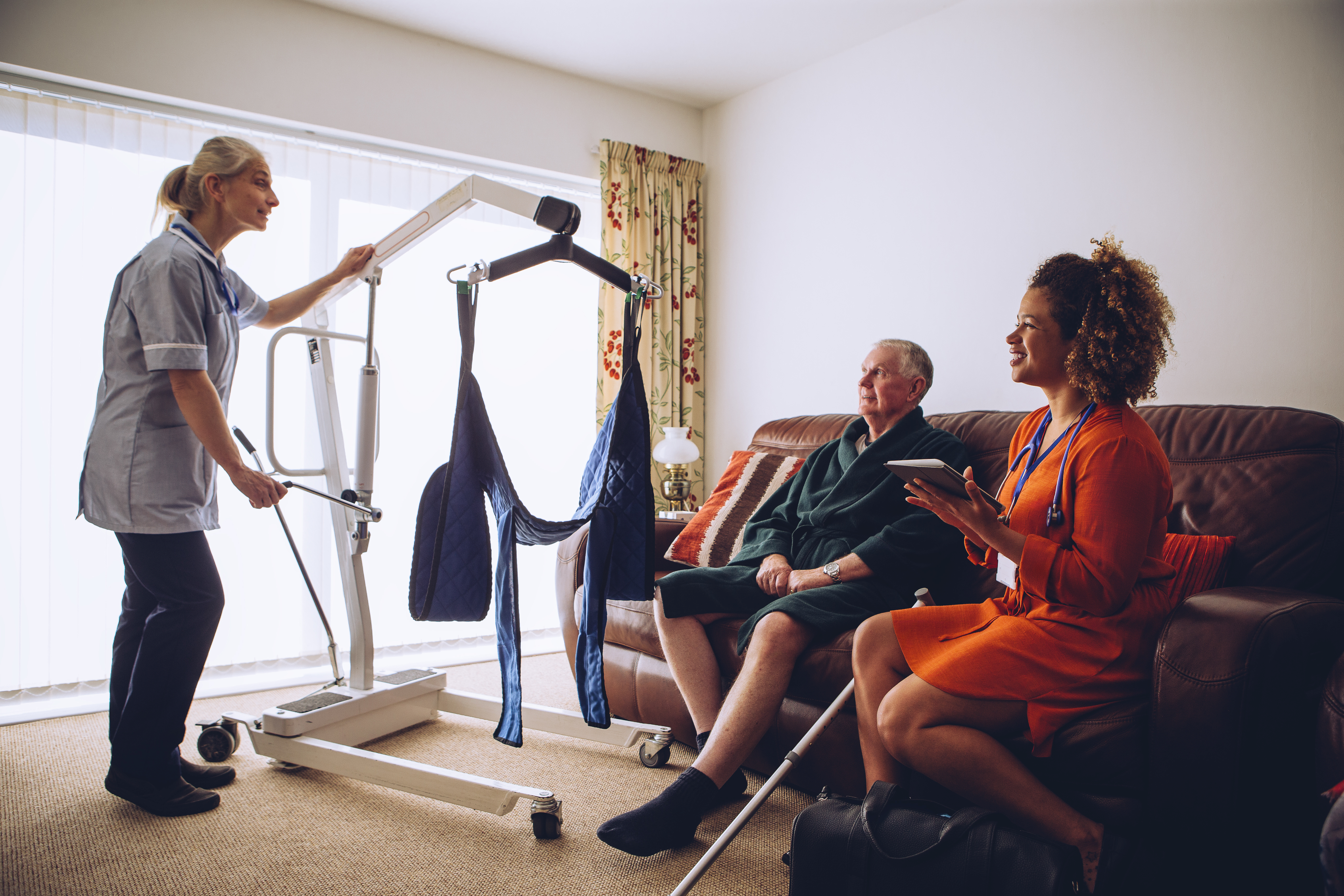 Assisting With Functional Mobility
Assisting With Functional Mobility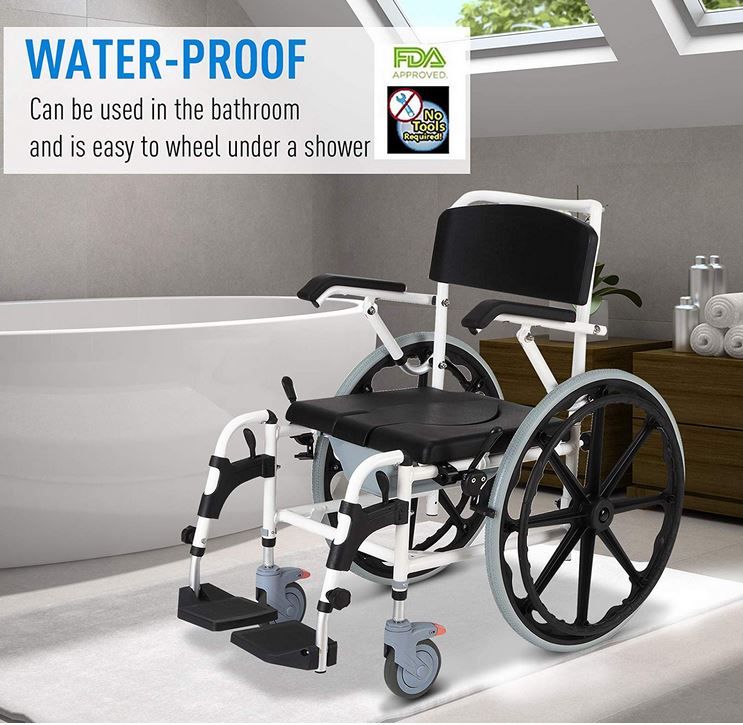 Bath and Shower Mobility Aids
Bath and Shower Mobility Aids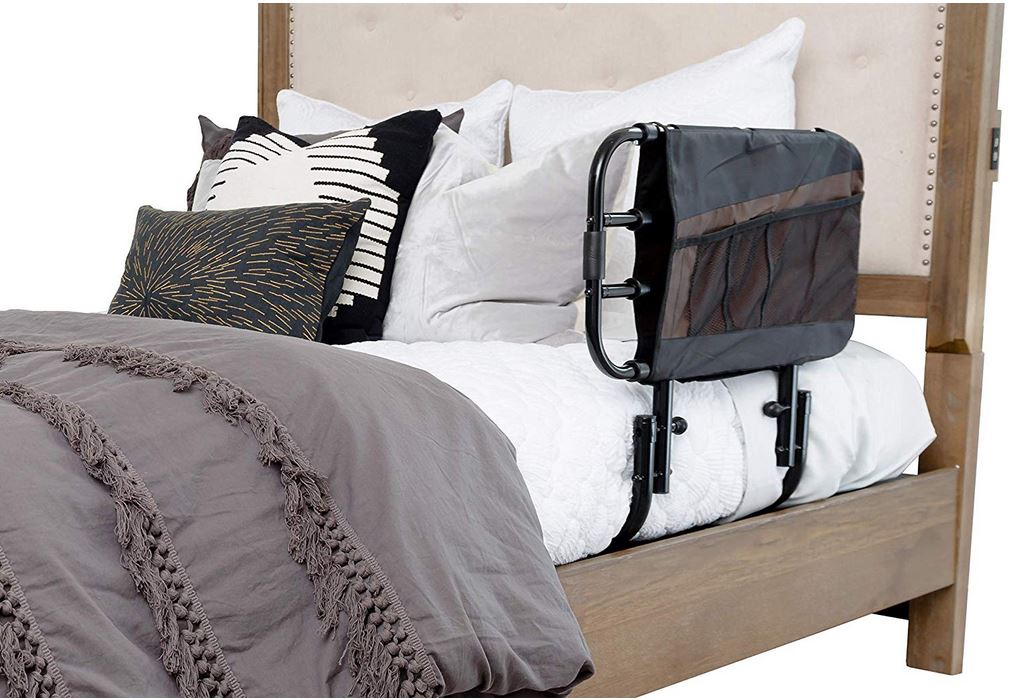 Bedroom Mobility Aids
Bedroom Mobility Aids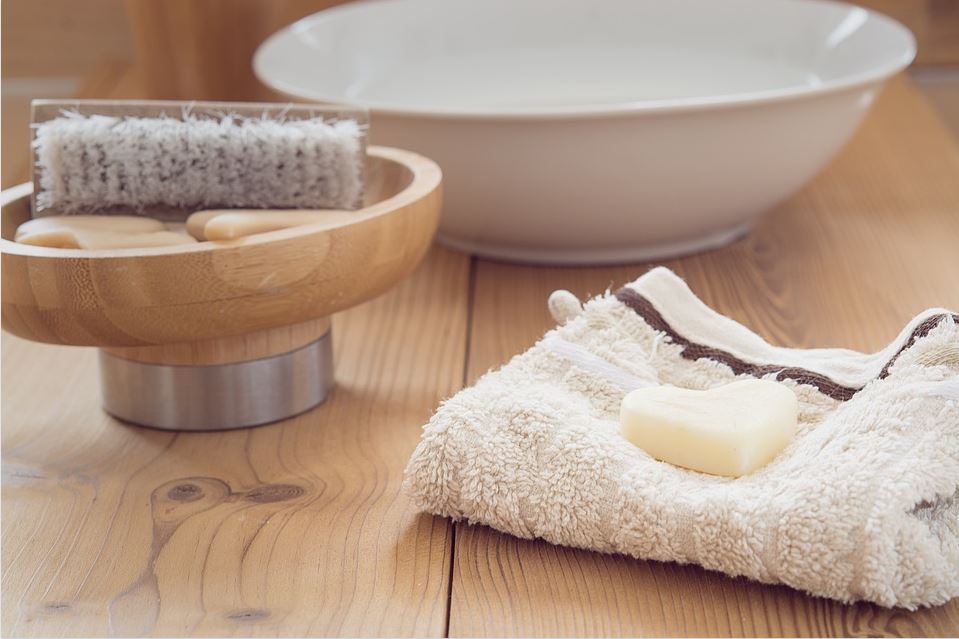 Assisting with Personal Grooming and Hygiene
Assisting with Personal Grooming and Hygiene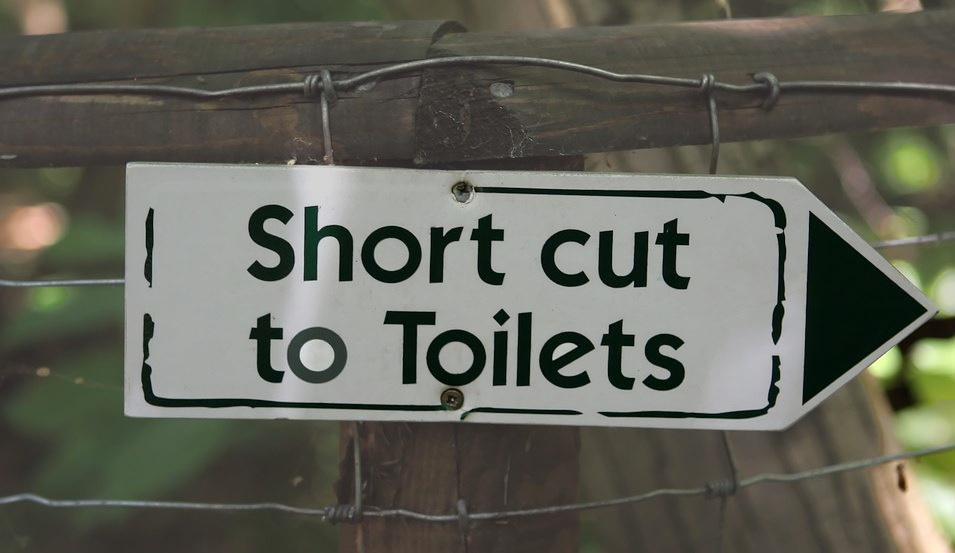 Caring for Someone With Incontinence
Caring for Someone With Incontinence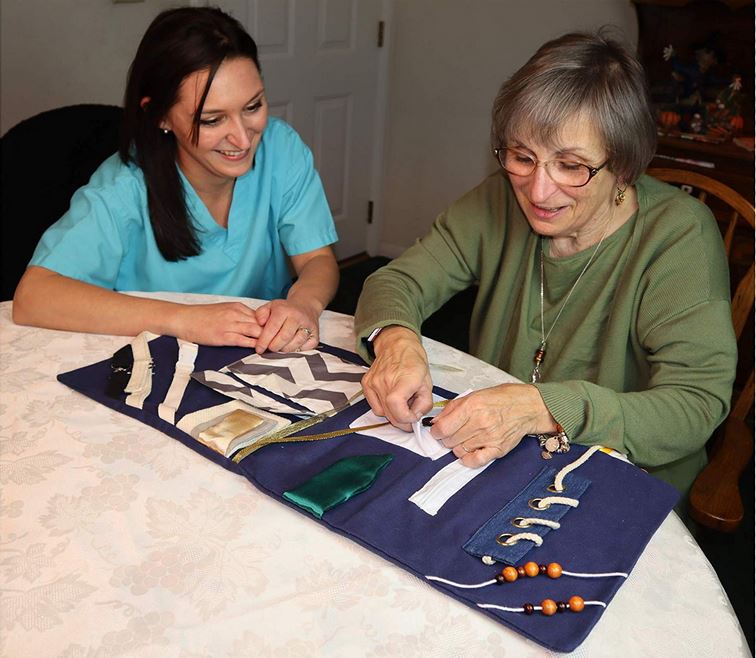 Helping People To Cope with Alzheimer’s and Dementia
Helping People To Cope with Alzheimer’s and Dementia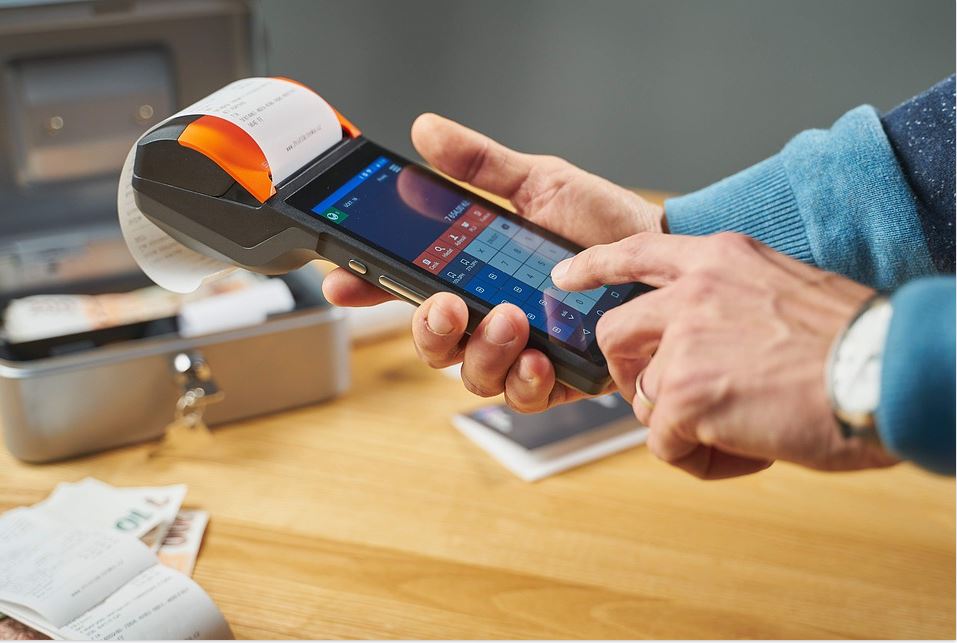 Helping With Bill Paying
Helping With Bill Paying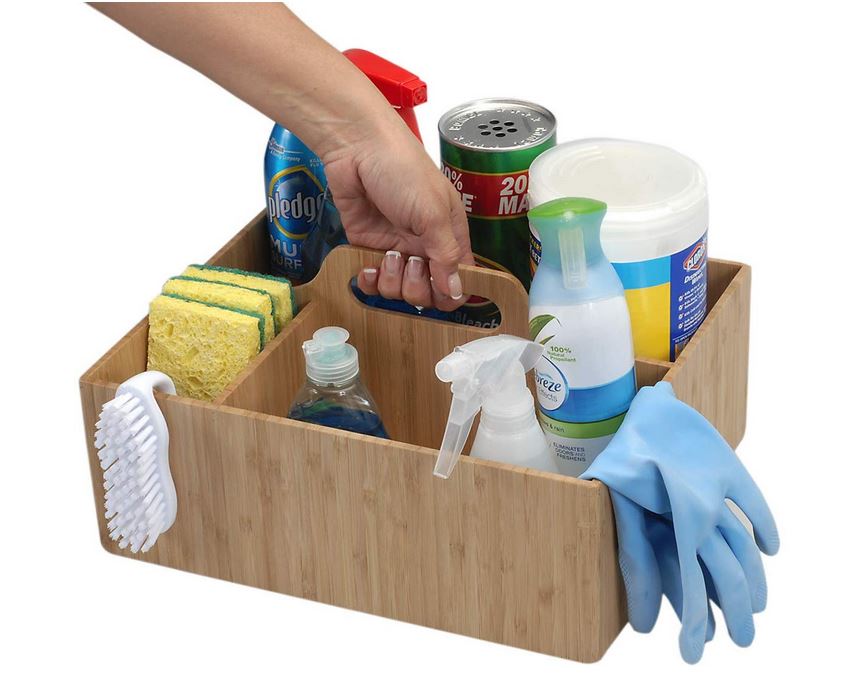 Home Cleaning Services
Home Cleaning Services Offering Companionship
Offering Companionship Providing Medication Reminders
Providing Medication Reminders Providing Transportation
Providing Transportation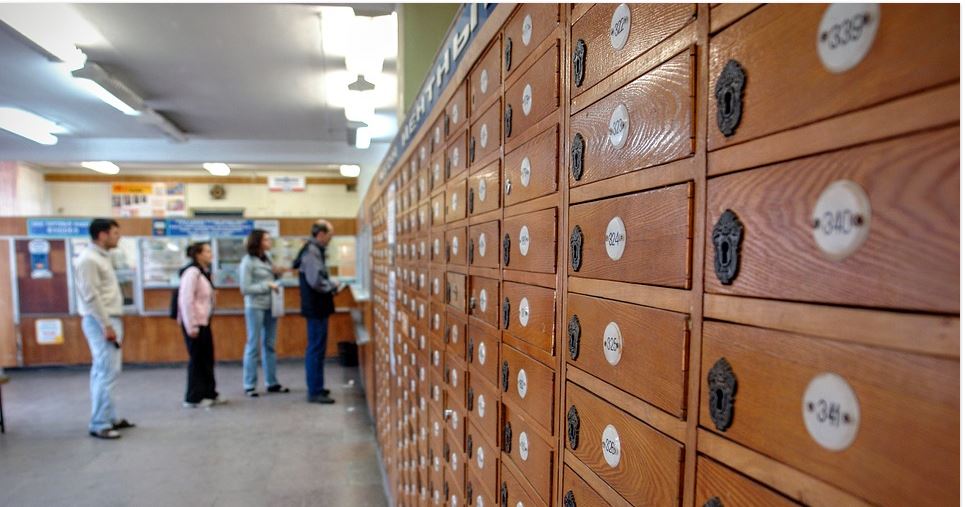 Running Errands
Running Errands
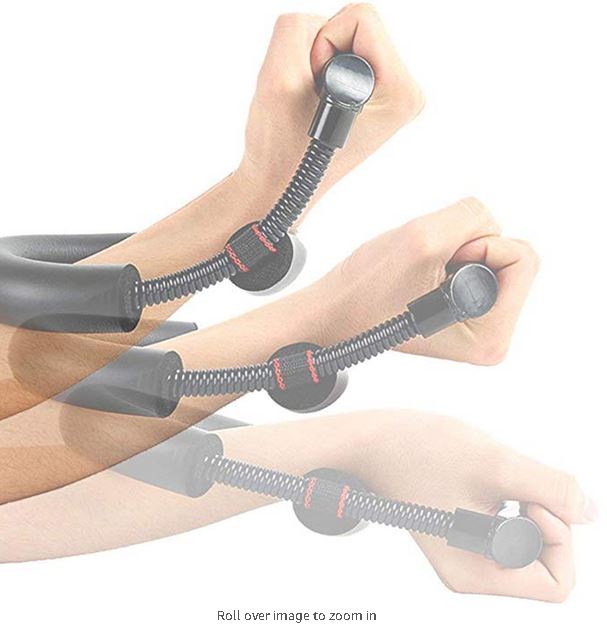
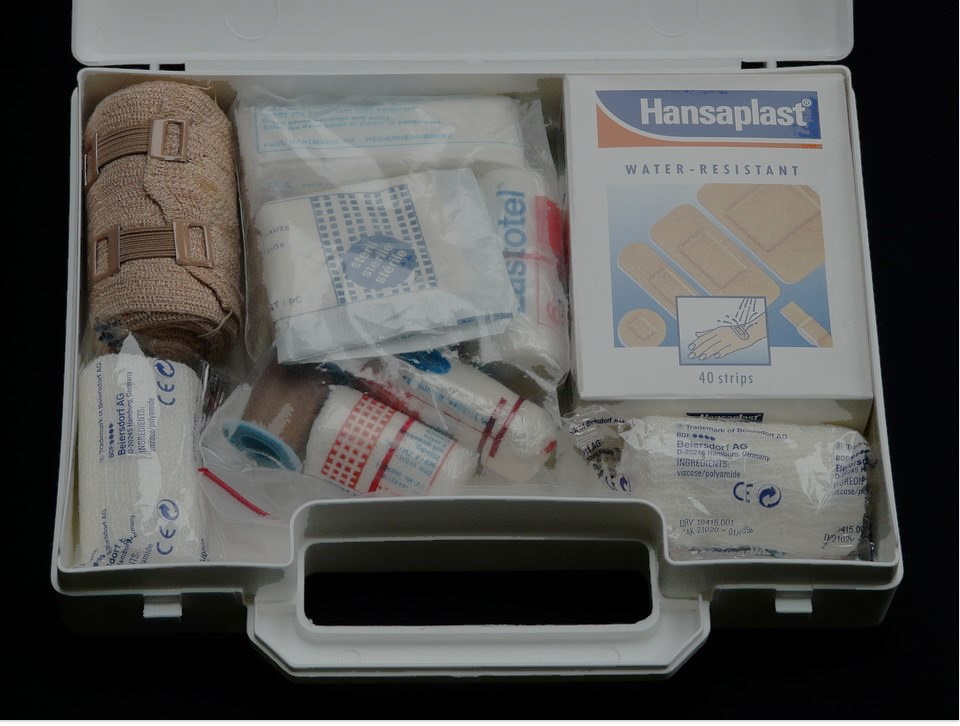 Burn Care
Burn Care Mental Health Rehabilitaion
Mental Health Rehabilitaion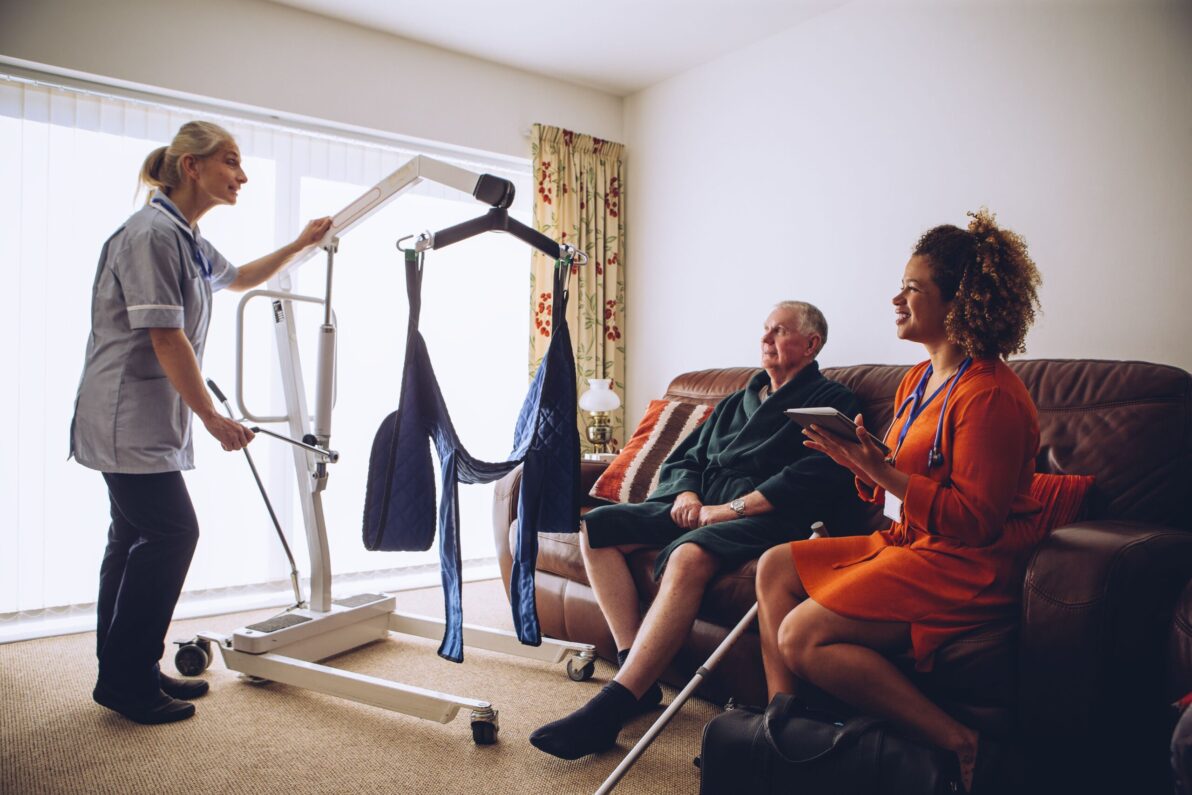
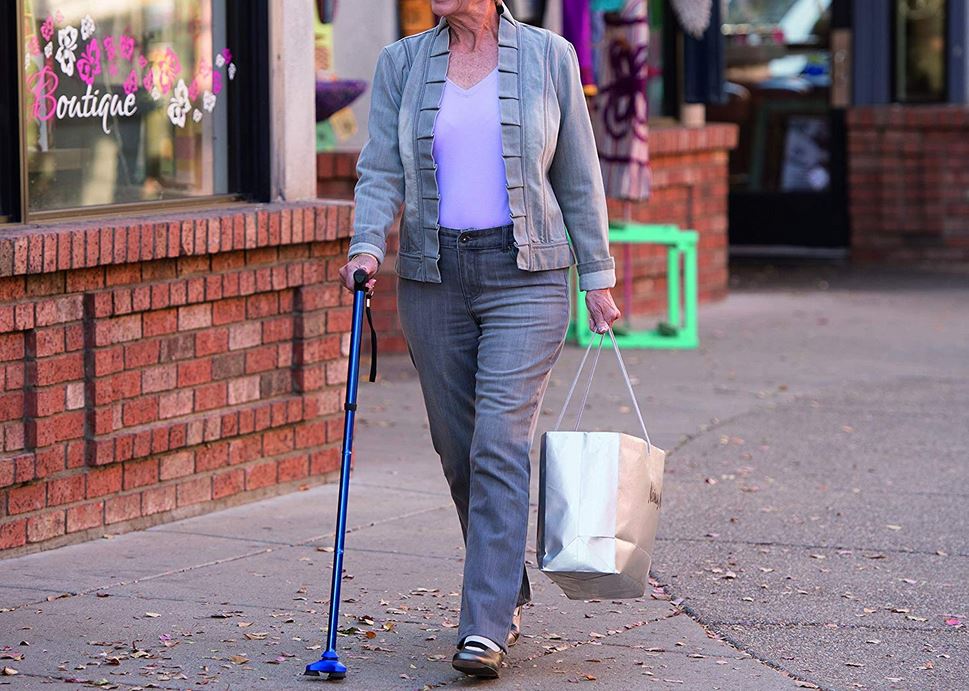 Canes
Canes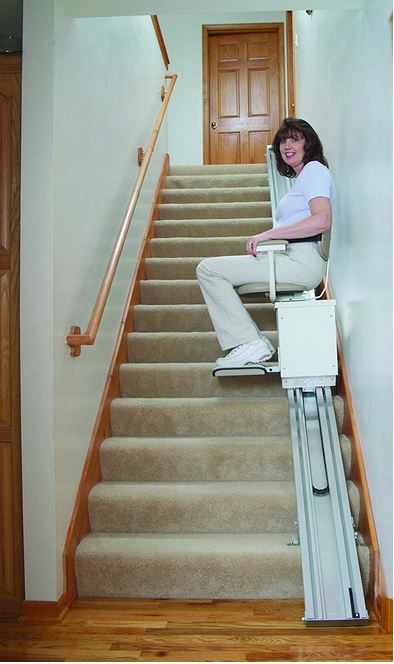 Chair Lifts / Stair Lifts
Chair Lifts / Stair Lifts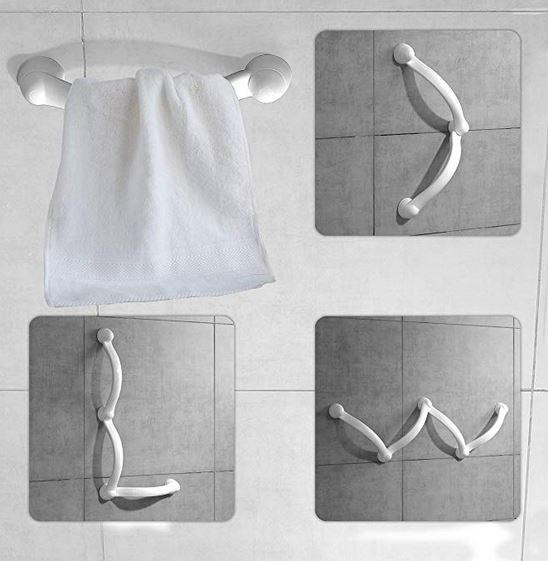 Grab Bars
Grab Bars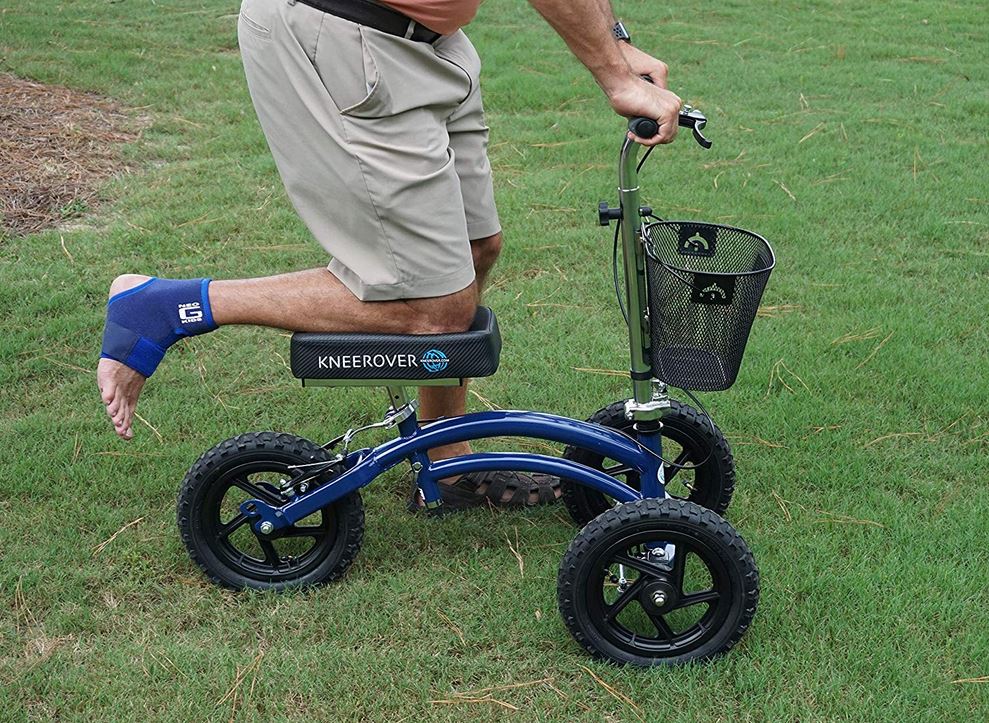 Knee Scooters / Knee Walkers
Knee Scooters / Knee Walkers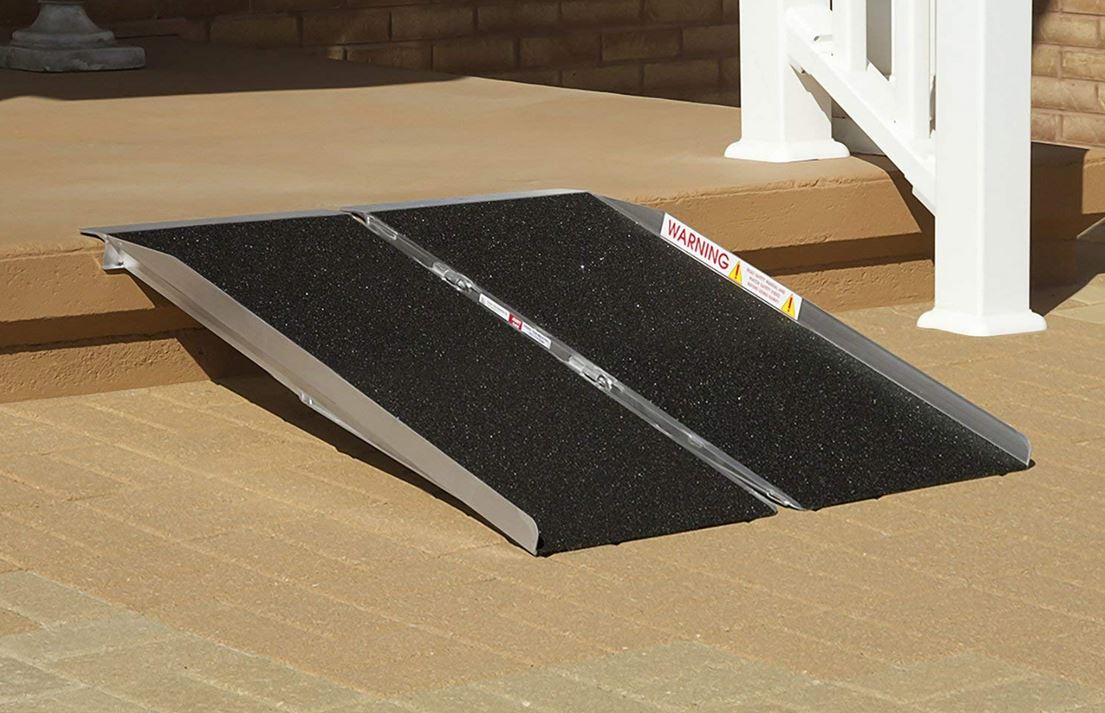 Ramps
Ramps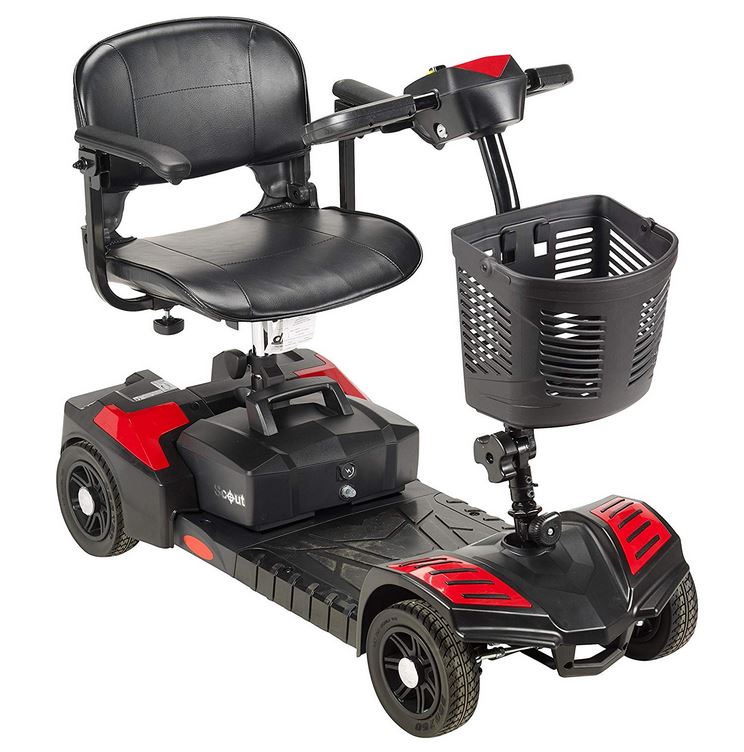 Scooters
Scooters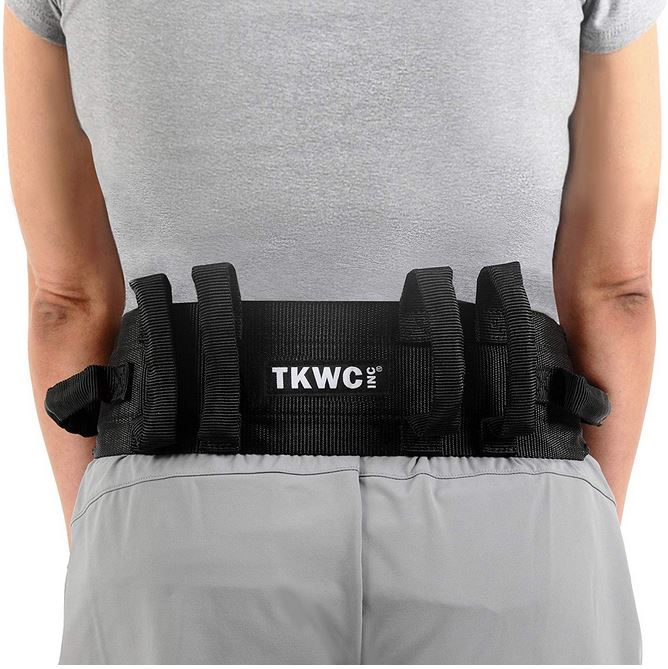 Transfer belts / pads / equipment
Transfer belts / pads / equipment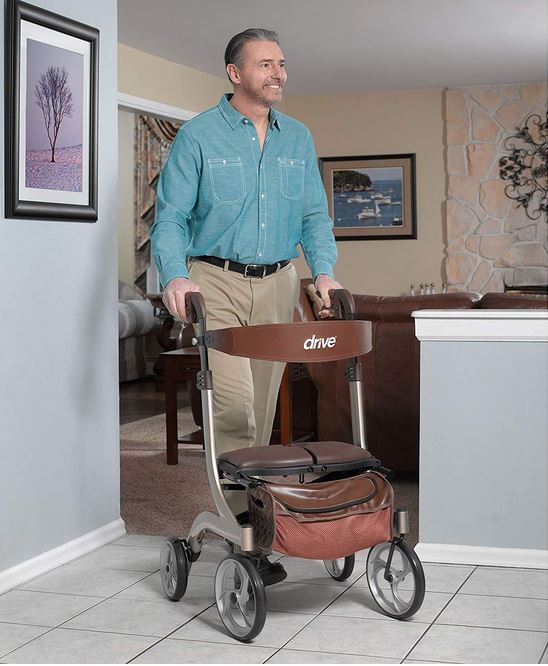 Walkers and Rollaters
Walkers and Rollaters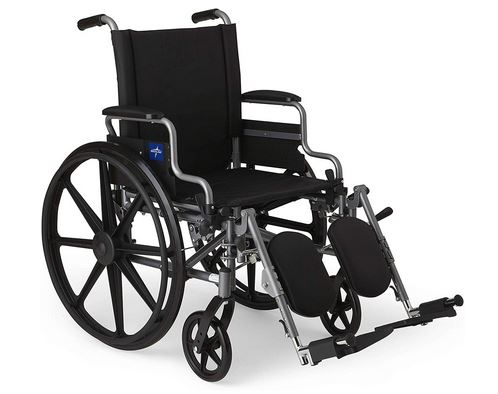 Wheelchairs and Mobile Chairs
Wheelchairs and Mobile Chairs
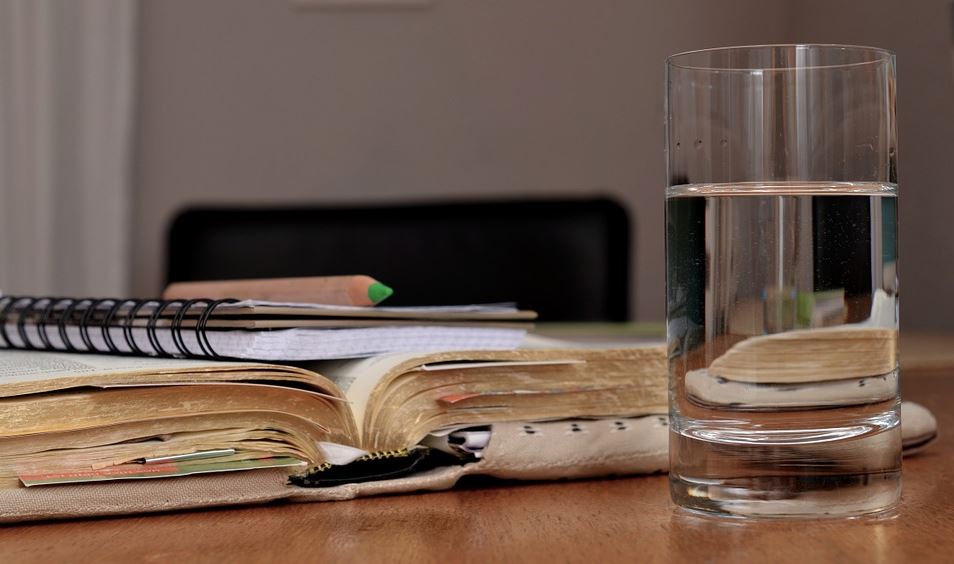 Accounting and Tax
Accounting and Tax Books-Seminars-Courses
Books-Seminars-Courses
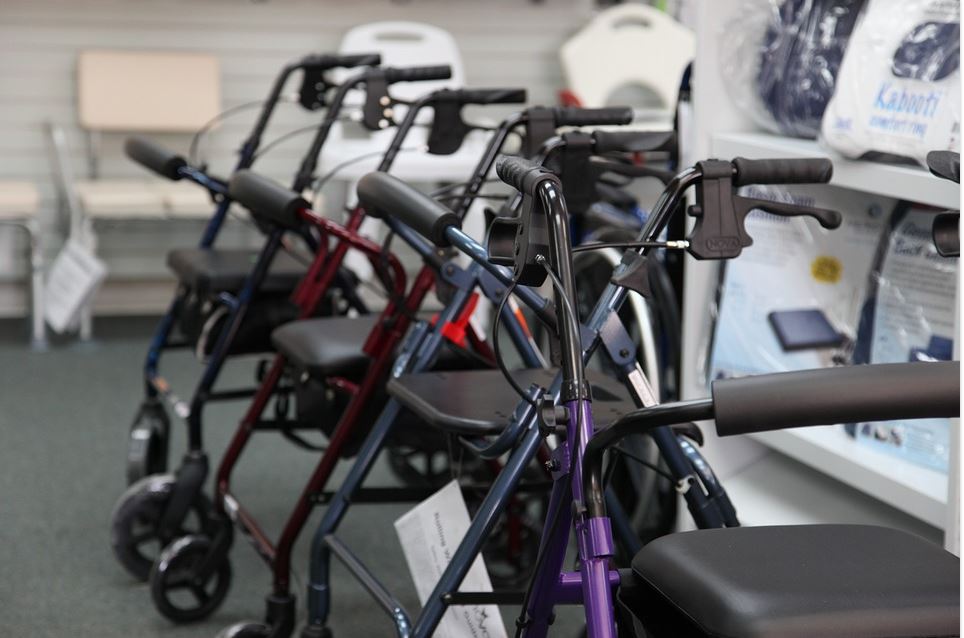 ASSISTED LIVING
ASSISTED LIVING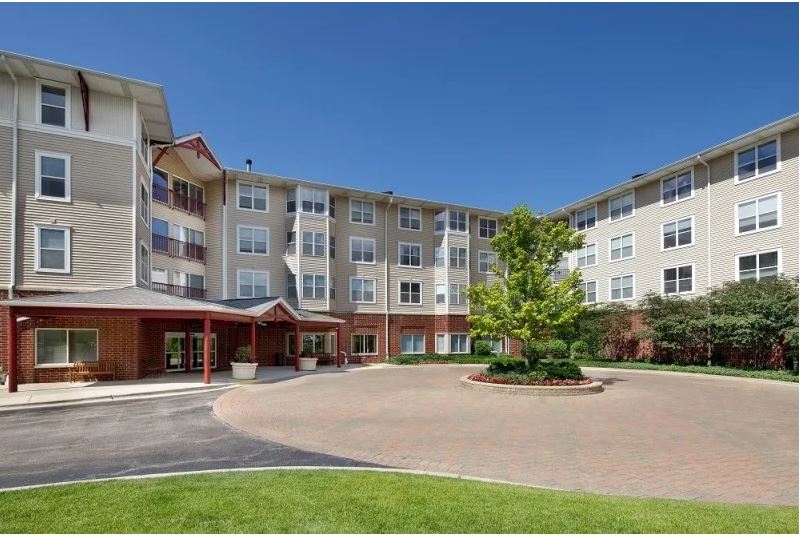 Assisted Living Facilities
Assisted Living Facilities Cohousing Communities
Cohousing Communities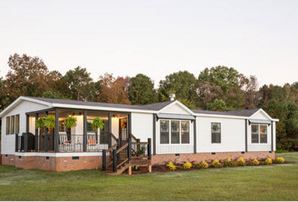 Manufactured Housing Communities
Manufactured Housing Communities Naturally Occurring Retirement Communities (NORCs)
Naturally Occurring Retirement Communities (NORCs) Personal Residence LIving Independetly
Personal Residence LIving Independetly Accessory Dwelling Units
Accessory Dwelling Units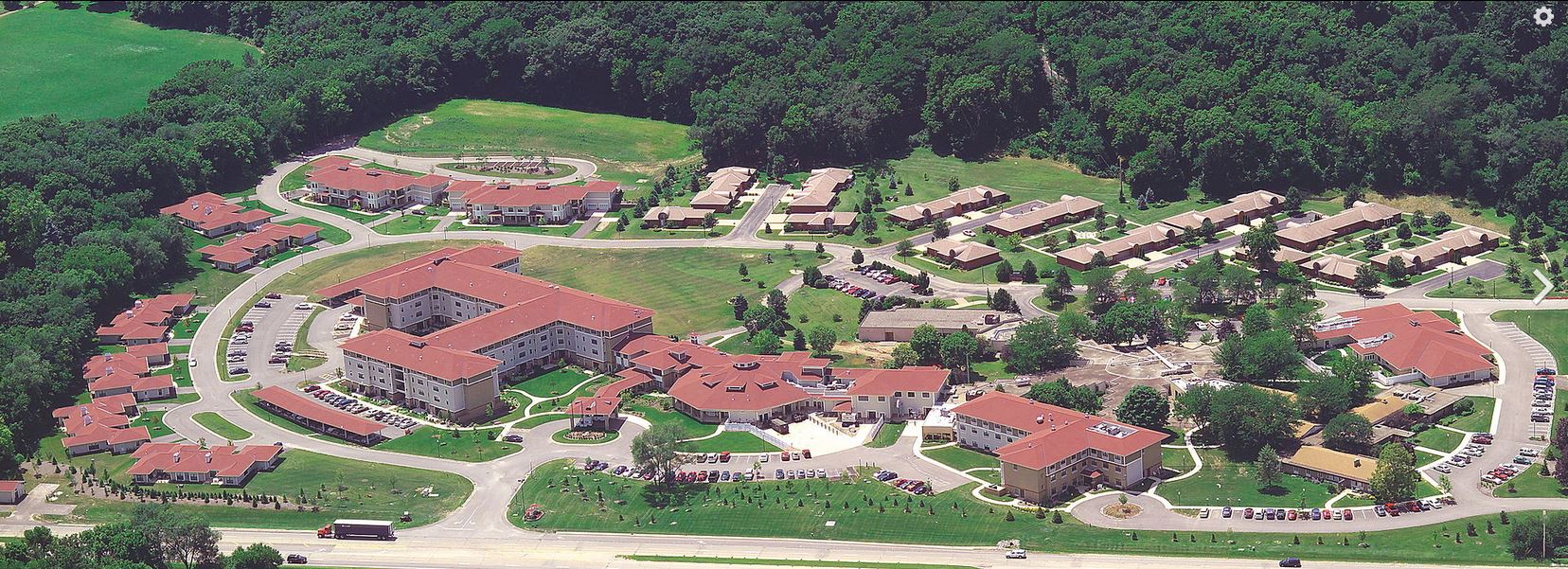 Continuing Care Retirement Communities
Continuing Care Retirement Communities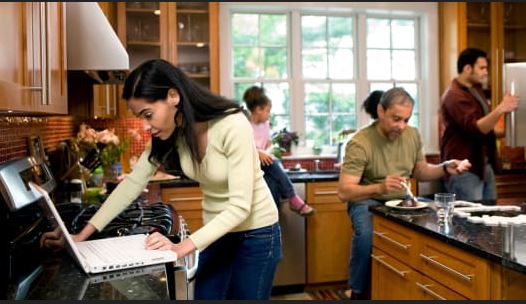 Multigenerational Households
Multigenerational Households